Crop cover are an excellent tool for both home gardeners and small farmers, but there are many varieties to select from. Which is better for your needs: fabric or plastic, lightweight or heavyweight? In this article, we’ll look at what is crop cover? And find out the answers so you can figure out which options are ideal for you and how to use them.
Cover crop benefits for your garden
Gardeners and small farmers can benefit greatly from crop coverings. They’re a highly adaptable technology that can be used to achieve a variety of goals, including extending your summer growing season. Cover crops in agriculture are very useful in –
- Growing cool-weather crops into the fall and winter (in milder climates).
- Warming the soil and planting summer transplants earlier than usual to get a head start on the growing season.
- Keeping pest insects off your plants, and improving seed germination in direct-sown crops.
Favourite Fab crop coverings are affordable, easy to use, and commonly available. In reality, if you compare the overall cost of a Favourite Fab crop cover to the value of the crop cover, you’ll find that the whole cost of a crop cover is far lower.
Favourite Fab crop coverings are reusable if properly maintained and stored while not in use, and can survive for years before needing to be replaced. The length of time a product lasts depends on its quality, climate, and frequency of use. Polyethene plastic will last a maximum of 3-5 years before becoming too brittle to use or too cloudy to allow for optimal sunlight transmission. Polyester fabric will last a maximum of 3-5 years before becoming too worn to be functional.
Considerations for crop covers
Polyethene plastic or polyester fabric are commonly used to make crop covers. For the purpose of simplicity, we’ll just call these two materials “plastic” or “fiber.” Favrourite Fab made the best fabric for covering crops. You can see the catalogues in pdf format on its website under- cover crop used India forest nursery pdf.
The difficult part is determining which form of cover is ideal for you, based on what you’re growing, your environment, time constraints, and other factors. There are other factors to consider, such as material weight/thickness and application methods, which we’ll go over in-depth below to help you figure out what type of crop cover you need and how to use it.
Polyethene Plastic vs. Polyester
Fabric crop cover is the first thing to think about because there is essentially no ventilation between the interior and exterior of polyethene systems, they can quickly become hot. Polyethene plastic absorbs more heat faster than polyester cloth, especially on sunny days, potentially boosting inside heat by as much as 30 degrees on a sunny moderate day.
White or colored material, which partially blocks sunlight, can help to reduce the heating effect. Furthermore, the thicker the cover, the more sunlight is blocked (more on material weight below). Plant photosynthesis decreases when more sunlight is blocked, resulting in less plant growth. Rainwater can also enter, although water flows off of a plastic crop cover. On wet days, you’ll need to either pull back the plastic crop cover or offer additional irrigation for plants growing beneath plastic crop cover.
Material weight is the second factor to consider
Favourite Fab crop covers that are lightweight can be left in place for longer periods of time and in hotter temperatures than heavy covers. Although lightweight covers — either cloth or plastic — are less expensive, deer hooves, boots, stakes, or the wind are more likely to harm them.
Heavier covers are more tear-resistant and last longer, but they are also more expensive.
Lightweight (or summer weight) covers don’t give much frost protection, but they can keep animals, birds, and pest insects away from your plants. In the summer, the ultra-lightweight fabric is used as a shade cloth to protect plants from heat stress or sun-scald. In mild locations where evenings are frosty but not frozen, lightweight cloth may be exactly the ticket for cold-tolerant plants like leeks, spinach, carrots, parsnips, turnips, swiss chard, and others. The event of an unexpected cold snap, alfalfa cover crop home garden one alternative is to apply a double layer of fabric.
Most polyethene plastic and polyester fabric covers provide protection only to about 28°F, according to Michigan State University Extension, while thicker covers may protect plants down to 20°F. The levels of frost protection and sunlight transmission are indicated on the packaging.
Crop coverings include floating or tunneling
Crop covers draped directly over a group or row of plants are known as “floating” crop covers. The material must be lightweight because the coverings are supported by the plants. For easily breakable or tall/mature plants, floating coverings may not be the ideal option.
When it comes to safeguarding eggplant transplants from early-season flea beetles, we frequently employ lightweight floating crop coverings. We’ll remove the crop cover once the eggplants are larger and more established to survive insect damage. Favourite Fab always delivers the best and also has crop cover for papaya.
Tunnels with a hoop –
Crop coverings can also be used as tunnels, similar to tiny greenhouses. When covering an entire row of plants rather than just a few individual plants, this strategy works well. For the rest of the night, crop covers are being worked on. This row is being covered to assist preserve proper soil temperatures for direct-sown seed germination.
Tips for using crop covers effectively
- Make sure the edges are secure. Crop coverings should be fastened along the edges with heavy materials such as bricks, sandbags, water-filled plastic bottles, or smooth rocks to prevent them from blowing away during strong winds or storms. Use nothing sharp that could rip your fabric.
- Keep an eye out for pest insects inside. Keep in mind that any nuisance insects (like aphids) that make it into the warm, safe environment under the cover might quickly expand because predators can’t get in to limit their populations. (In the winter, when pests are less active or hibernating, this is less of a concern.)
- Check for pest bug multiplication under your crop covers on a regular basis. If this is the case, you may need to apply neem oil or comparable organic pest control treatments.
- One thing to bear in mind is that a secure crop cover not only keeps harmful insects out, but it also keeps bees and other pollinators out. Crop covers may not be the greatest option for pest management if you’re planting plants that require insect pollination (for example, watermelons).



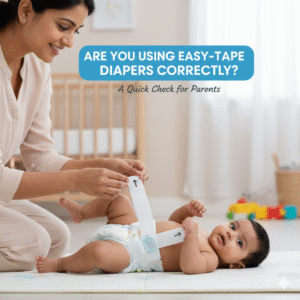
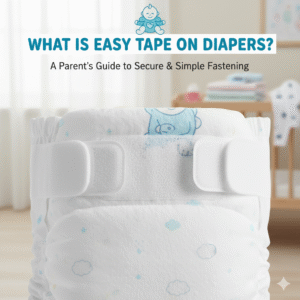
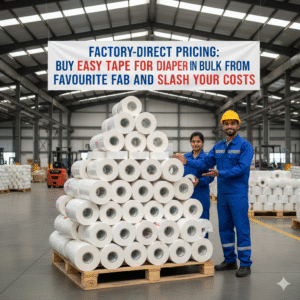


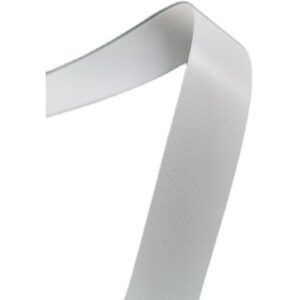
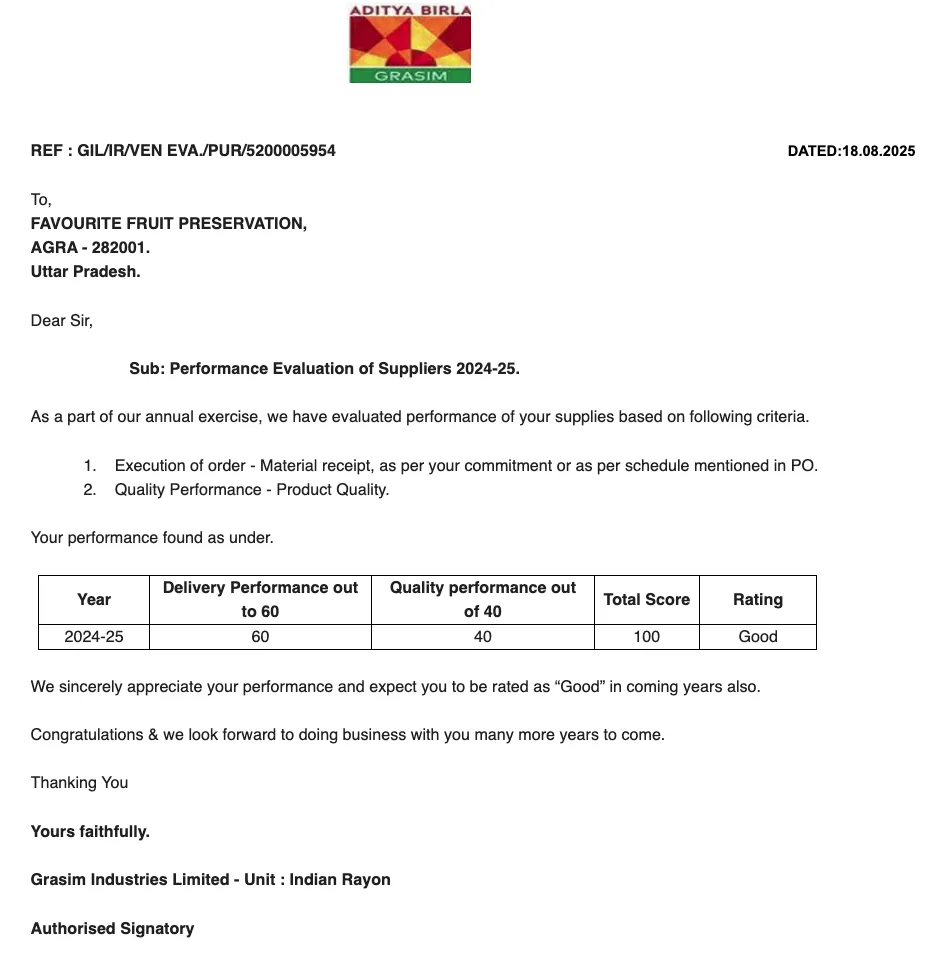




























We Do Business On Trust.Our Nonwoven fabric Business is Built on trust. Trust starts with Transparency.
Mr.Ramniwas Garg Founder Of Favourite Group